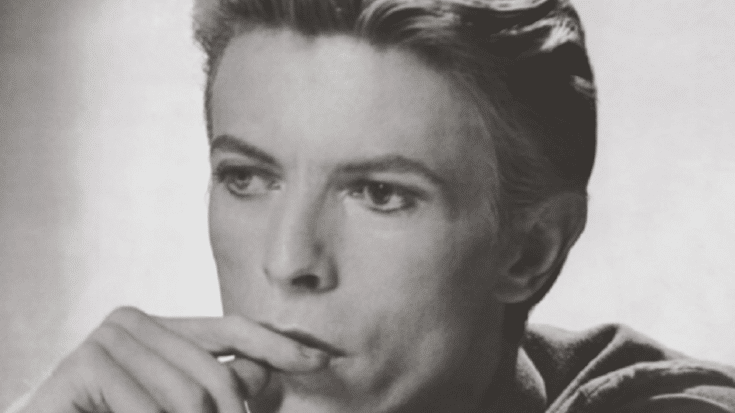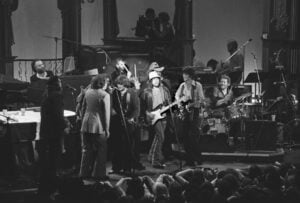Why David Bowie Was Obsessed With Death

via David Bowie/YouTube
From the moment David Bowie emerged into the music spotlight, he began an enigmatic dance with the concept of mortality. His music and lyrics offered a hauntingly beautiful exploration of death, challenging our conventional beliefs about the afterlife. Bowie seemed to treat the concept of death as both a creative force and a profound mystery, weaving it into the very fabric of his artistic expression.
Bowie’s fascination with the end of things was evident throughout his career. His iconic character Major Tom, is stranded in space, and the cryptic themes in his later works reflect a lifelong preoccupation with the transient nature of existence. For Bowie, death was more than just an end; it was a transformative force that infused his art with a poignant, almost ethereal quality.
One of Bowie’s most notable reflections on mortality came with his final album, Blackstar, released shortly before his death in January 2016. This album, often seen as a memento mori, marked the culmination of his artistic exploration of death. In Blackstar, Bowie crafted a swan song that not only gave fans a glimpse into his final moments but also brought his ongoing engagement with death to a dramatic conclusion.
To grasp the depth of Bowie’s preoccupation with death, we need to look back to the early days of his career. His exploration of darker themes began well before Major Tom floated into space in 1969. Songs like “Please Mr. Gravedigger” and “We Are Hungry Men” from his earlier work delve into the macabre and the disturbing. “Please Mr. Gravedigger,” for instance, tells the story of a child murderer plotting against a gravedigger, showcasing Bowie’s early fascination with death and the darker aspects of human nature.
After the release of Space Oddity in 1969, Bowie solidified his reputation as a pioneer in blending existential themes with art. The Man Who Sold the World brought a heavier edge, exploring death, violence, and possession with a darkly poetic touch. Following this, albums like Ziggy Stardust and Diamond Dogs continued to address mortality, albeit through different lenses. Ziggy Stardust chronicled the rise and fall of a fictional rock star, while Diamond Dogs, influenced by George Orwell’s 1984, presented a dystopian world rife with death and destruction.
Even during his most flamboyant periods, such as his time with “Let’s Dance”, Bowie’s intrigue with death never dissipated. His exploration of this theme remained a constant thread throughout his work, culminating in Blackstar. This album not only faced death head-on but also offered a sense of hope amidst the darkness, particularly in tracks like “I Can’t Give Everything Away.” Bowie’s acknowledgment of the inevitable speculation surrounding his death added layers of depth and authenticity to the album.
Bowie’s treatment of death was unique and all-encompassing. While many artists use death to explore themes of grief and loss, Bowie’s approach was consistently innovative. His exploration of mortality served as a metaphor for broader existential and societal themes, turning the concept of death into a muse for continuous reinvention.
Death, for Bowie, was not merely an end but a gateway to transformation and rebirth. Whether through his persona as Ziggy Stardust, Major Tom, or any of his other characters, his encounters with death symbolized opportunities for reinvention and exploration. His artistic vision was deeply entwined with the idea that death is not just an end but a powerful catalyst for new beginnings and profound change.













